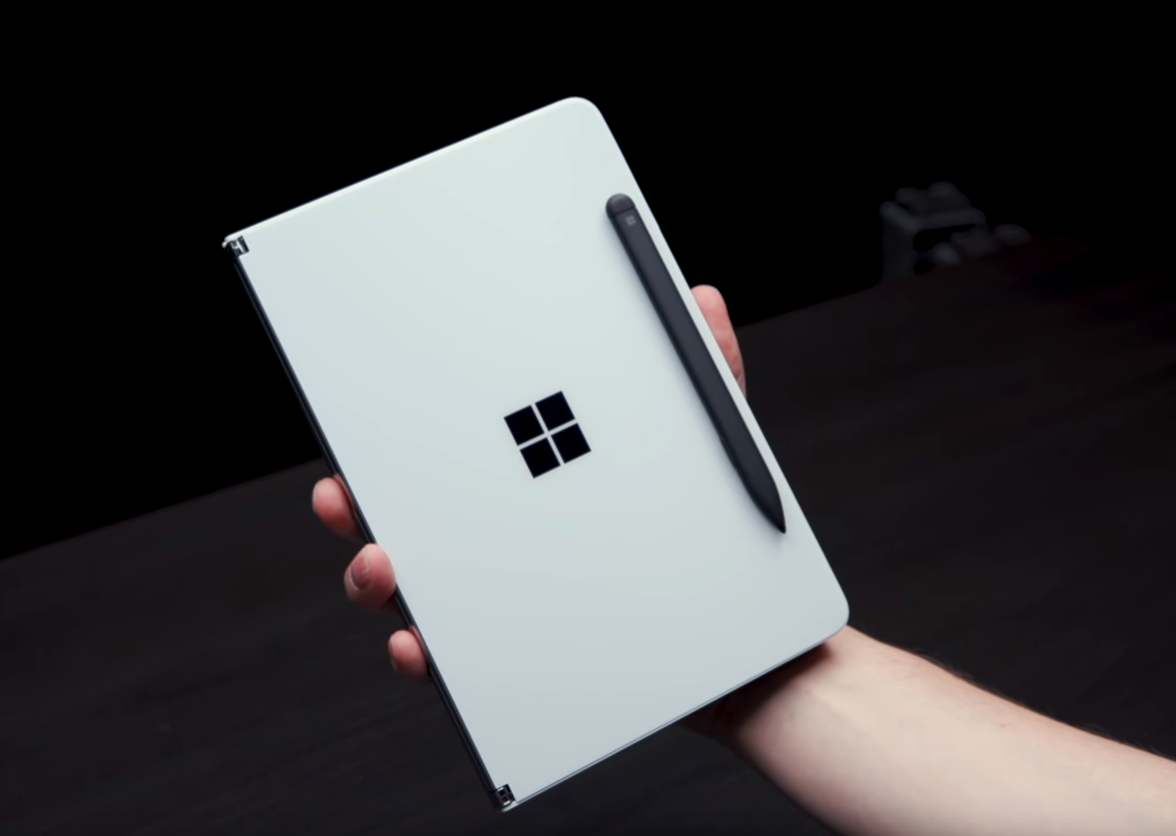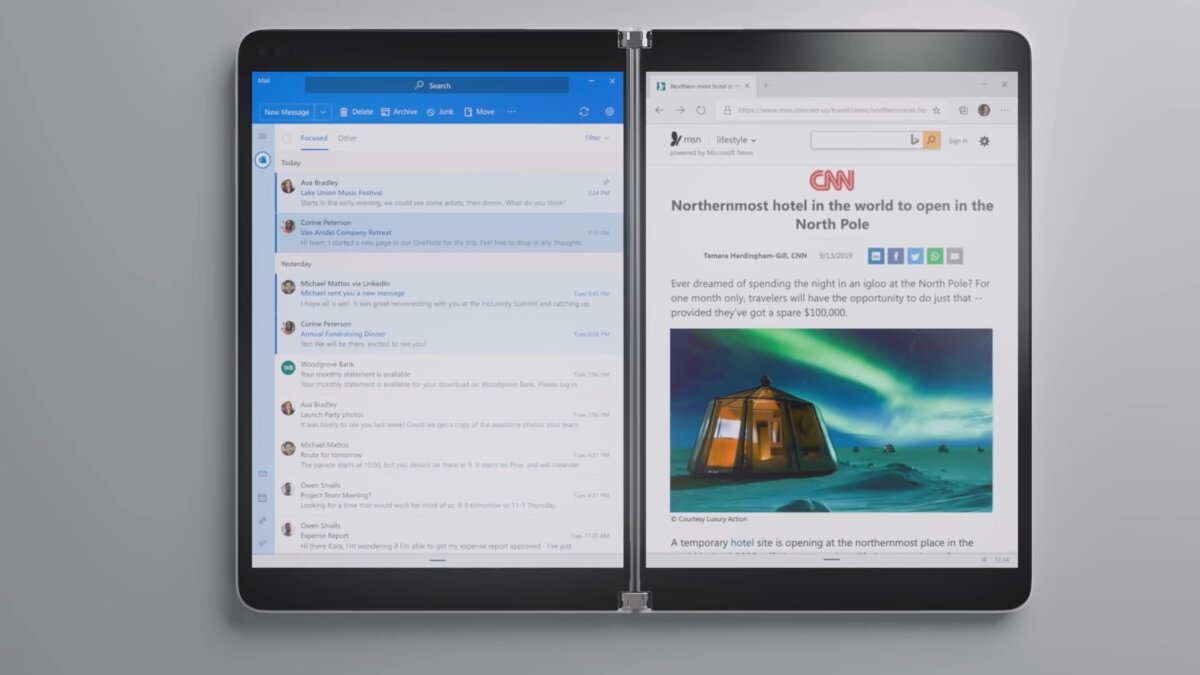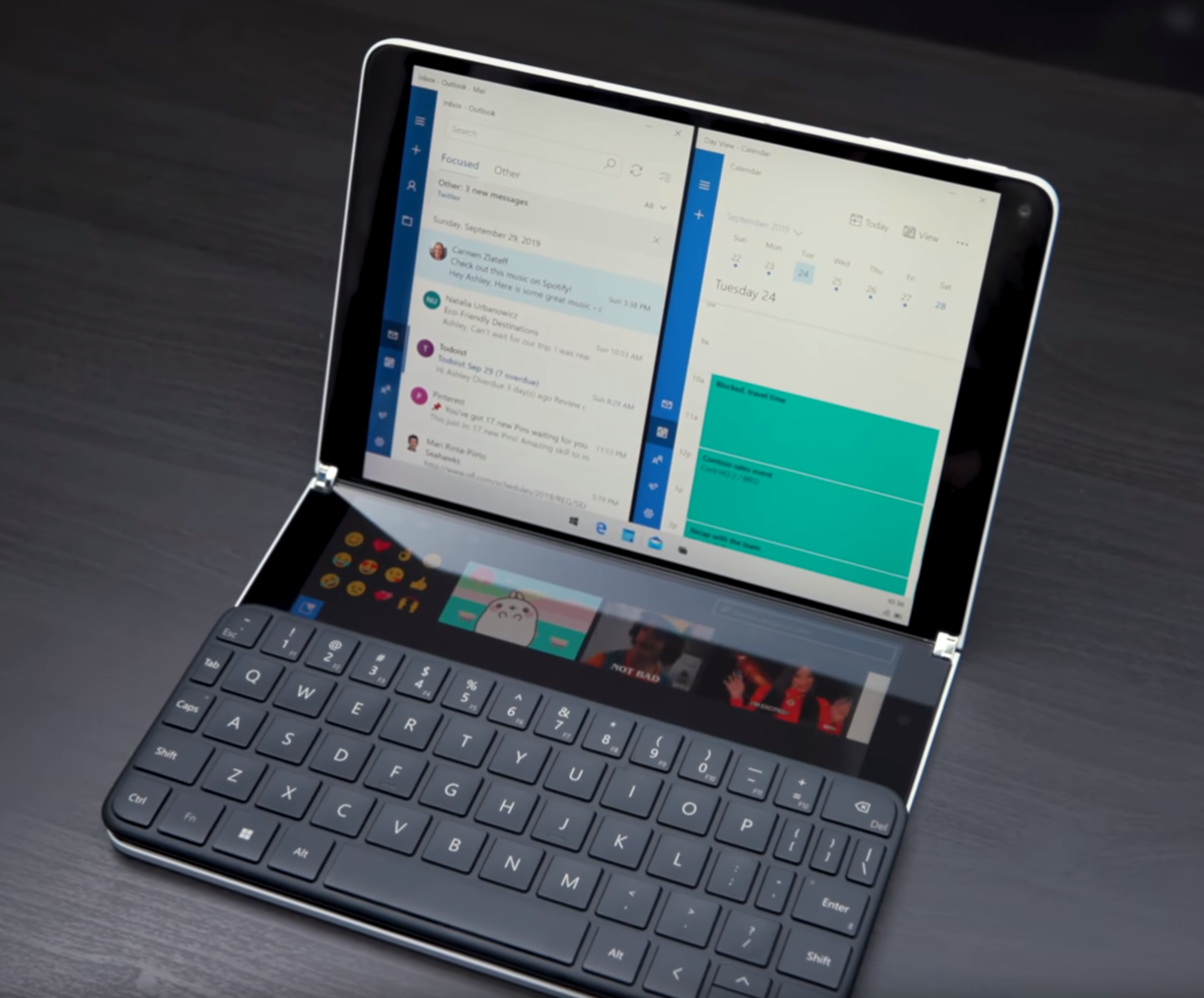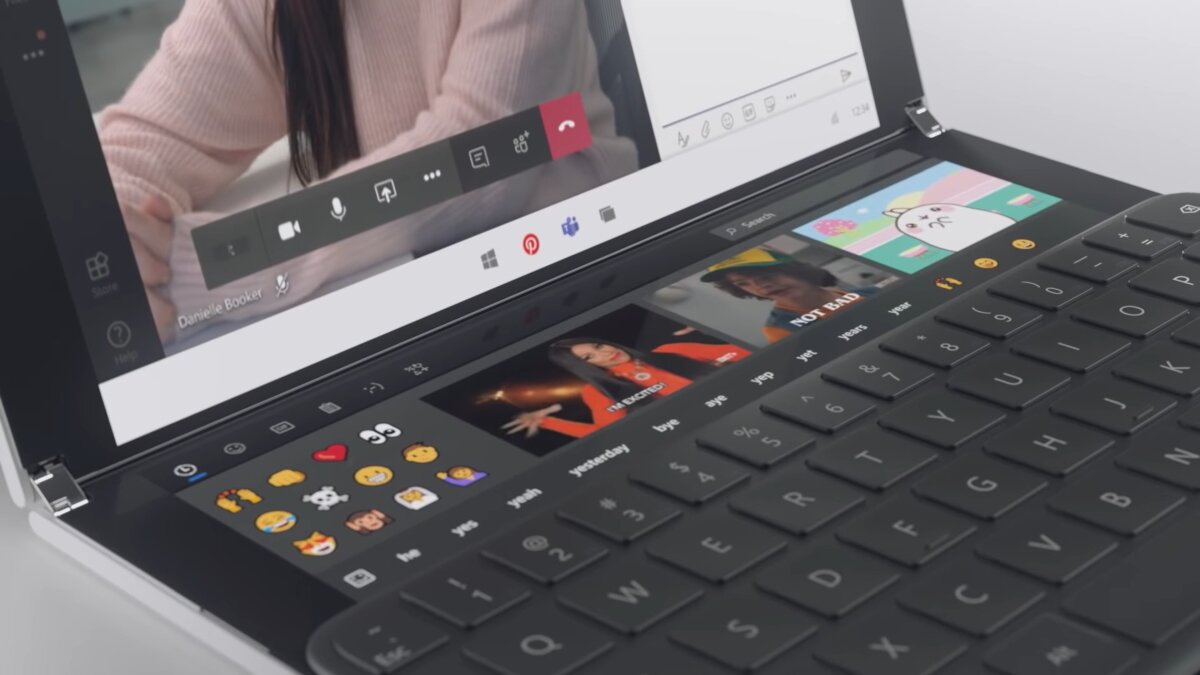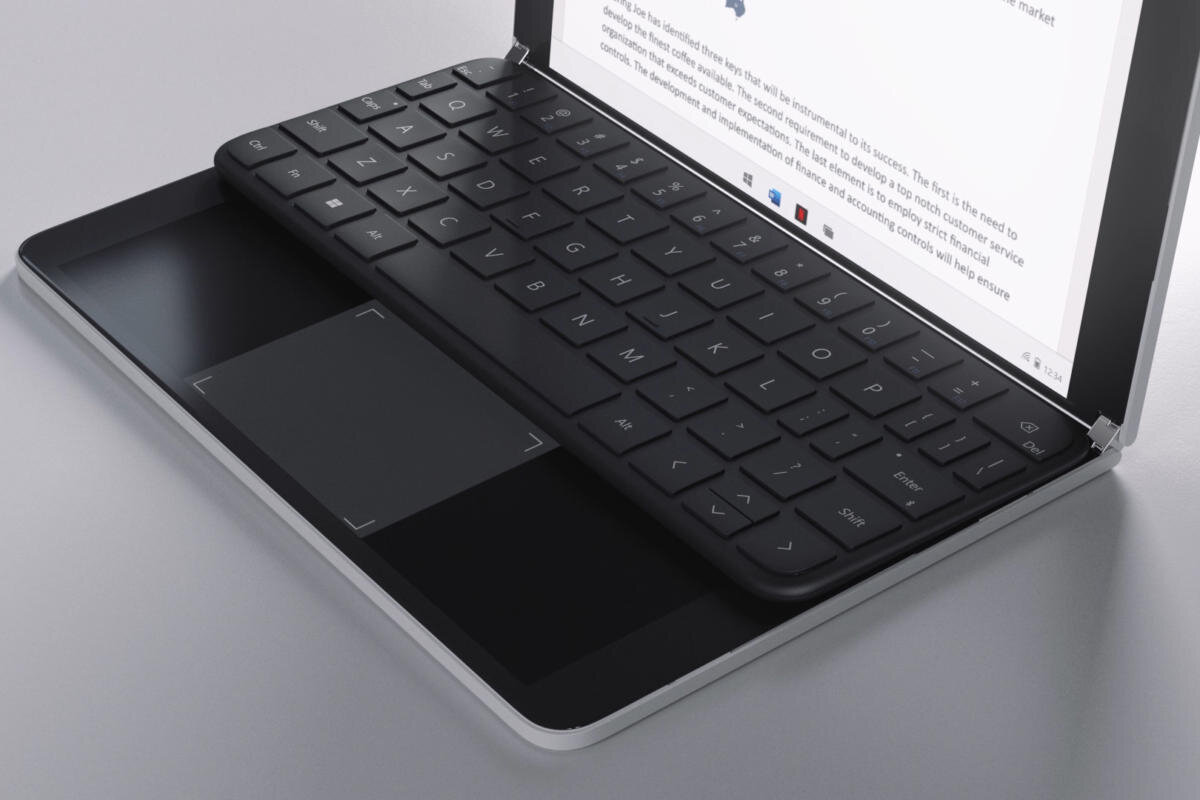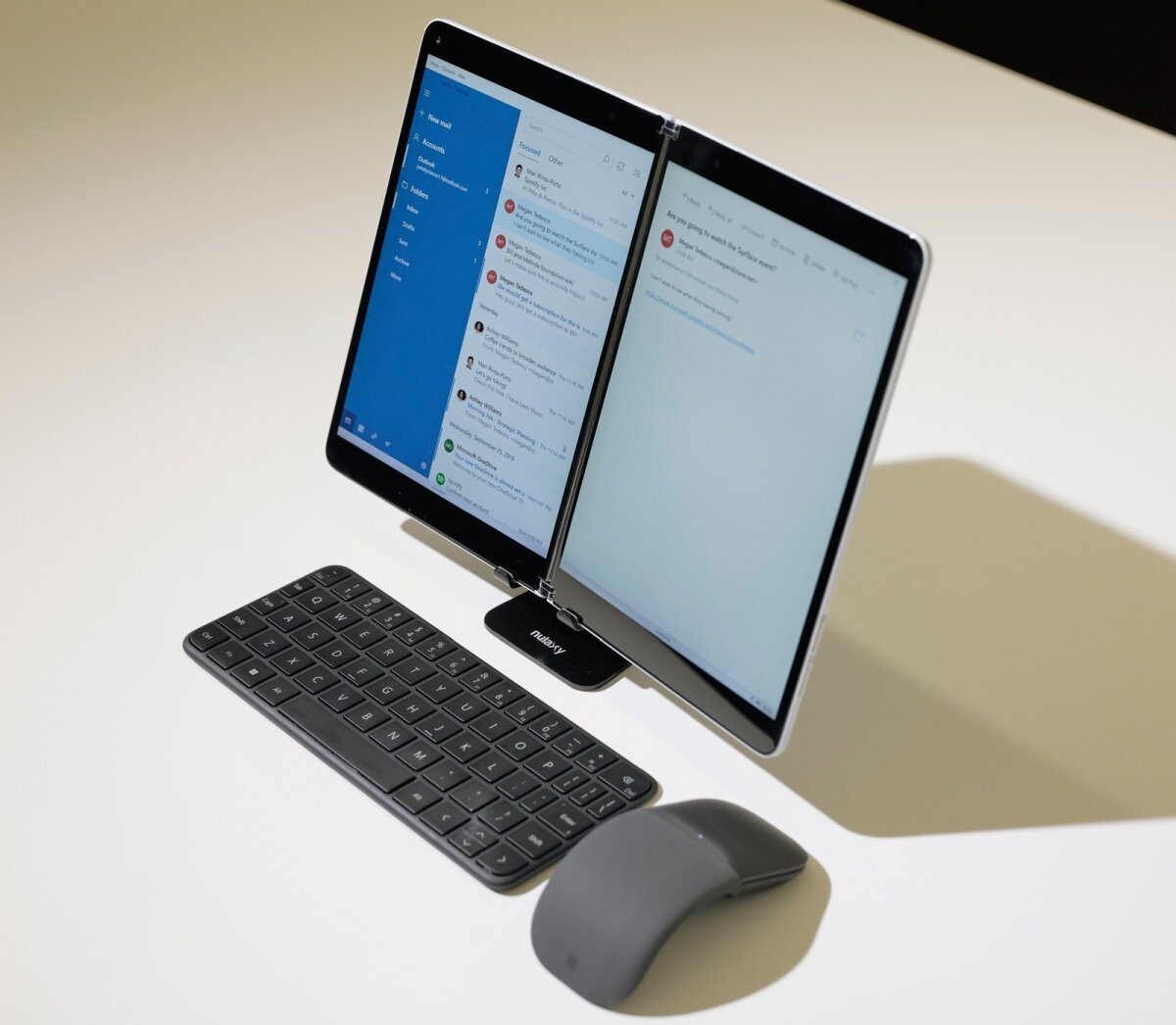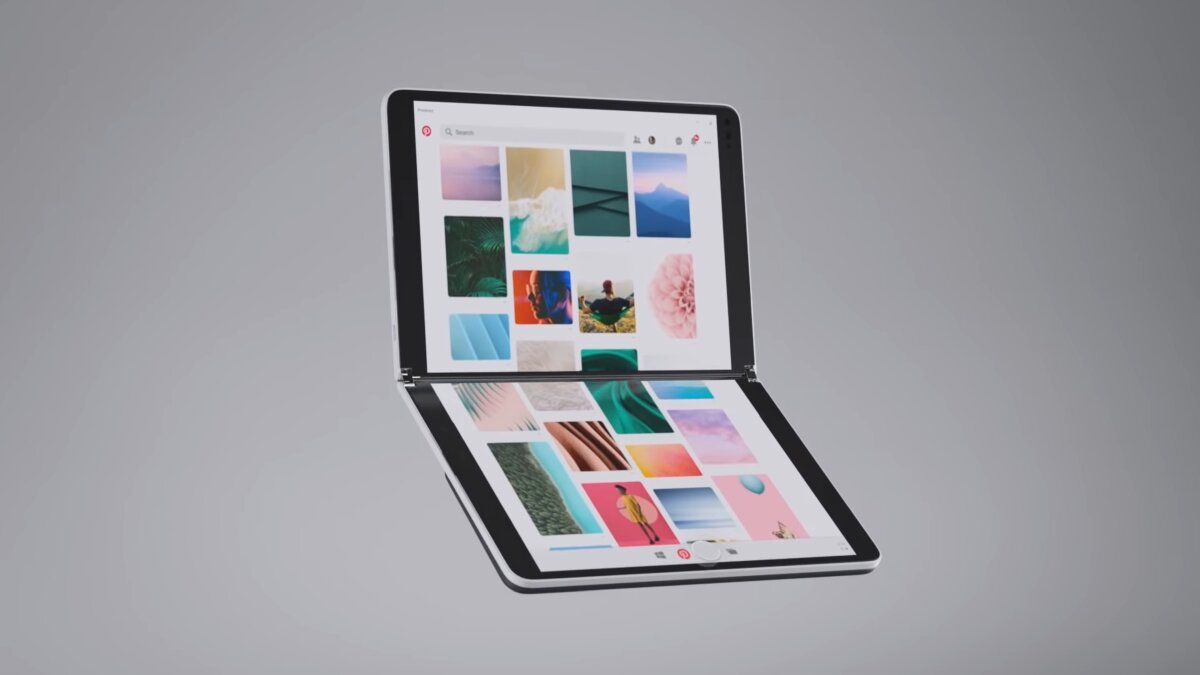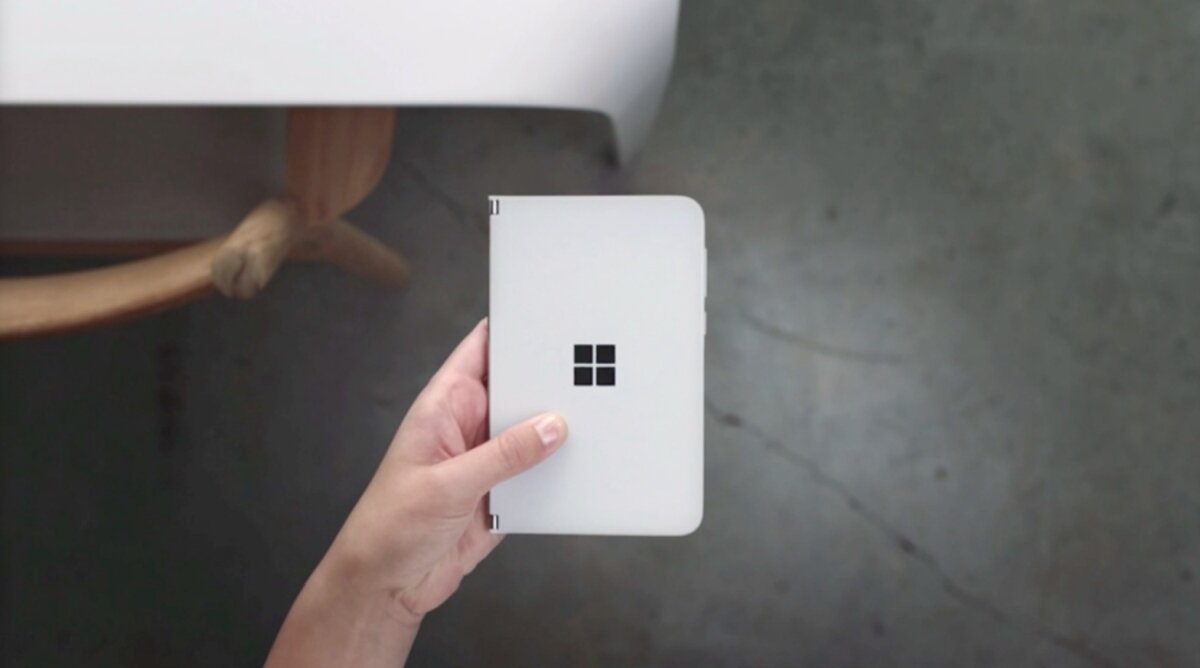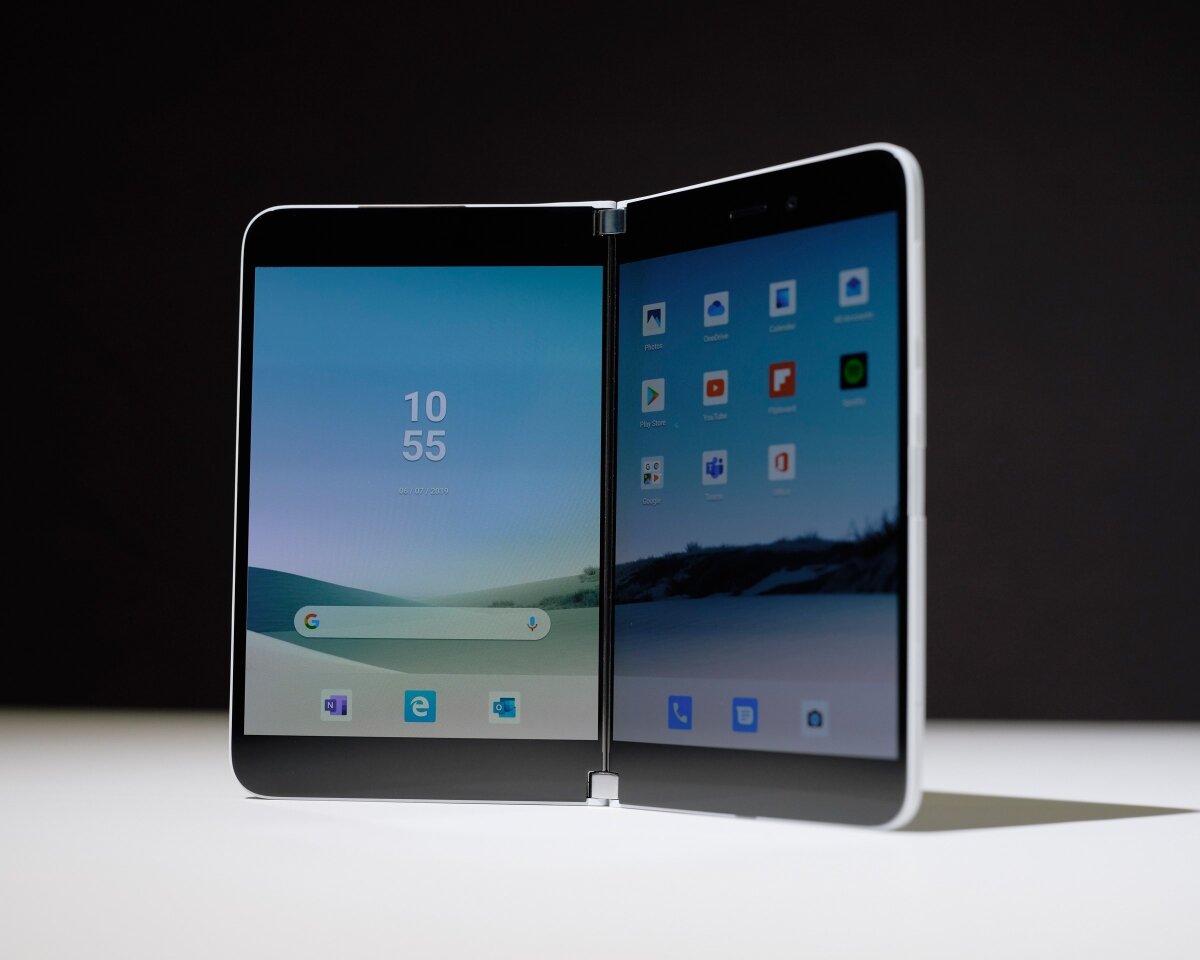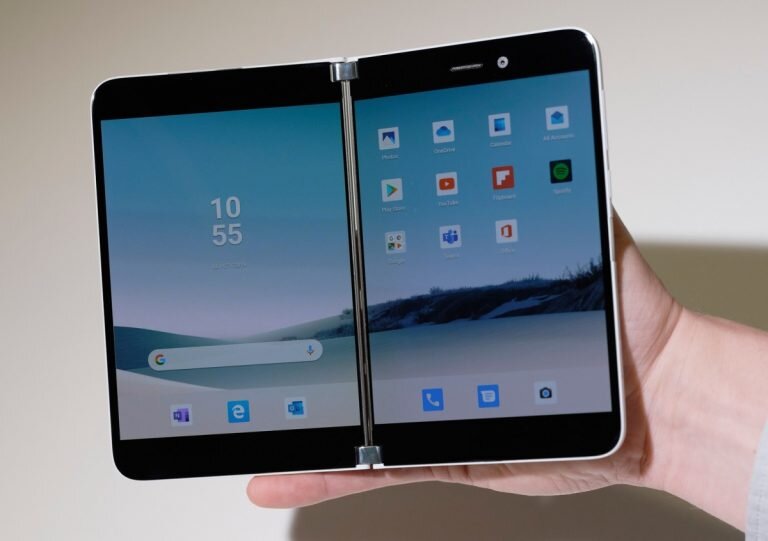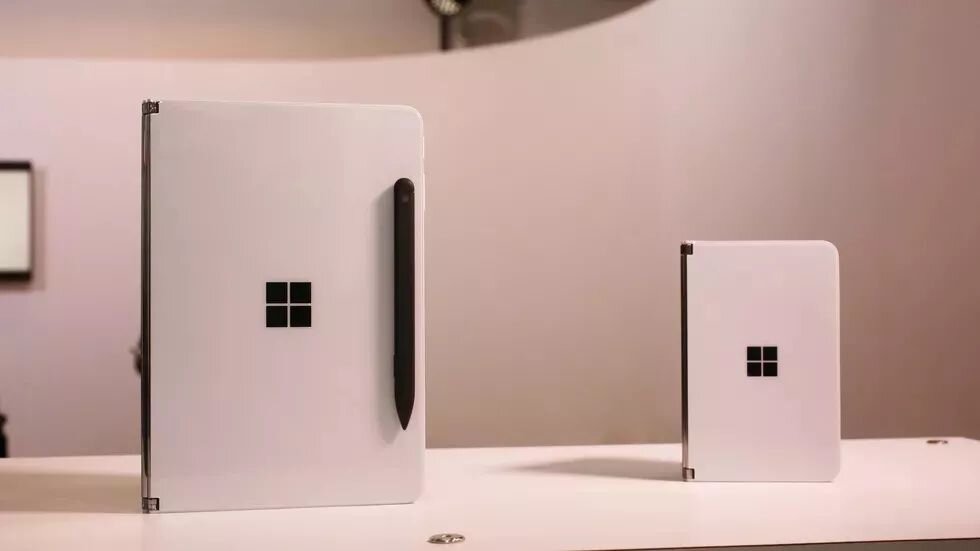Thoughts on Microsoft's Surface Neo and Duo
Originally Posted: October 10th, 2019
Thoughts on Microsoft's Surface Neo and Duo
I’m a sucker for new computing platforms and innovative hardware, so Microsoft’s announcement last week caught my attention. In many ways what they announced was unique, exciting and innovative. It was also kind of funny. Let me explain.
Panos Panay, Microsoft’s chief hardware showman, started the event by going through some iterative updates. Surface Laptop 2 became Surface Laptop 3, adding USB-C, a new aluminum finish, an option for a 15” display, and some updated Intel and AMD CPUs. I appreciated his not-so-subtle digs at Apple’s unreliable Butterfly keyboard and lack of repair-ability. Surface Pro 6 became Surface Pro 7, following a similar formula. Both were welcome updates to already good hardware. If you haven’t paid attention to the Surface line over the years it may come as a surprise, but seriously, Microsoft makes some really good hardware.
Other Products
They also introduced some new products, the ridiculous looking Surface Buds which have some cool features and some head scratching ones. I hope they can deliver on the live translation feature (unlike Google) but I don’t think Office 365 integration is what anyone wants from their headphones. I digress. They also showed off a bigger and badder Surface Pro, the Surface Pro X. This starts at $999 and to the layman, it’s a fancier Surface Pro which some impressive specs. For the nerds, the exciting parts are the CPU, which is a collaboration between Microsoft and Qualcomm, and that it’s the first ARM based Surface since the poorly received Windows RT. It has a new flatter Surface pen, which magnetically attaches and charges in the new Surface type cover. They also threw an “AI engine” in there, because… why not? It looks like a really nice, high end Surface Pro and that’s what it is.
If this were an Apple event, they would have made the invitations say “by innovation only” and every announcement would have been interrupted by raucous applause. But this was Microsoft, and Panos wasn’t done yet. He gave a typical Silicon Valley teary-eyed “we’re changing the world” spiel, but then he one-more-thing’d himself and gave a sneak peak at a product which isn’t coming out until late next year, the Surface Neo.
Two iPads?
At first glance, the Surface Neo may look like two iPads stitched together. That’s what it looks like on on the outside. In reality, it’s a little more complicated than that.
The Surface Neo runs on the new Windows 10X, which is designed around the concept of having two screens. In the sizzle reel and the demos they showed off, it looked like a slick touch-first OS, and they touted it as having the full power of Windows. (Read: It has Office on it) The gestures looked intuitive, allowing apps to span two screens and work in many different modes, which Microsoft branded as postures. You can open it like a book and have two portrait screens side by side. You can open it like a laptop and have one horizontal and one vertical. You can prop is up, twist it around, flip it however you like, and the screens will adapt to the orientation. Very cool stuff.
They also showed off some accessories for the Neo, a magnetically attached pencil and keyboard. The way the keyboard attaches and flips around from the back, becoming more like a “real” laptop is certainly innovative. When the keyboard is laid on the screen, the area of the screen above the keyboard adapts and acts as either a trackpad or what they dubbed the Wunderbar. Think of the Wunderbar as sort of an Apple TouchBar on steroids. They showed it as a way to insert emojis, a place to stuff a picture-in-picture video stream, but it’s easy to imagine all kinds of possibilities with having a screen above a keyboard on a horizontal surface. Just ask Asus.
Lots of Potential
The potential of the Surface Duo will come down to what Microsoft and developers end up doing with it, so it makes sense they wanted to unveil it early. When something new comes along, it takes time to learn if it’s a good idea or not, if the innovation ends up being useful in the real world or only in a series of staged demos. Only time will tell.
With the Neo wrapped up, Panos pulled another fake out ending and came back with the Surface Duo as a second encore. The Duo is like the Neo, only smaller. While the duo is the size of two iPads glued together, the Neo is more the size of a Moleskin notebook, or a wide smartphone. Don’t call it a phone though, but it does run on a smartphone CPU (Snapdragon 855), and Android for it’s operating system.
Yes, you read that right. Microsoft is making an Android phone. Panos doesn’t want to admit that, instead insisting that “It’s a Surface.”
Microsoft’s Phone Karma
This is the part that’s funny to me. The company that held a funeral procession for the iPhone is making an Android phone. I can’t blame them. Android already has hundreds of thousands of apps written for it, and Microsoft’s mobile OS’s haven’t had much luck with getting developer buy in. Microsoft was early to mobile, starting with Windows CE in the mid 1990’s. They thought the key to success in mobile phones was putting Windows there, and that went OK, until Nokia, BlackBerry and then the iPhone and Android left them in the dust over a decade ago. Since then it’s been a series of promising starts (Metro UI was ahead of its time! There are dozens of us!) and missteps, including the fateful failed purchase of Nokia for 7.6 billion dollars. Microsoft’s utter failure in mobile helped make them the company they are today, and it helped get rid of Steve Balmer, so it wasn’t all bad. Starting with Android as a base makes sense, but the irony is delicious.
That’s the context I view the Surface Duo and Neo in. They are certainly interesting devices, and I look forward to seeing more about them in the year to come. I hope they have success, because innovation is good for everyone. Even if you don’t end up purchasing one of these devices when they come out, they make other companies dream bigger and imagine things they wouldn’t have otherwise. I will most likely stay within Apple’s comfortable walled garden, but today I have to tip my cap towards Redmond. Innovation is good, and here’s hoping these devices inspire more of it.

